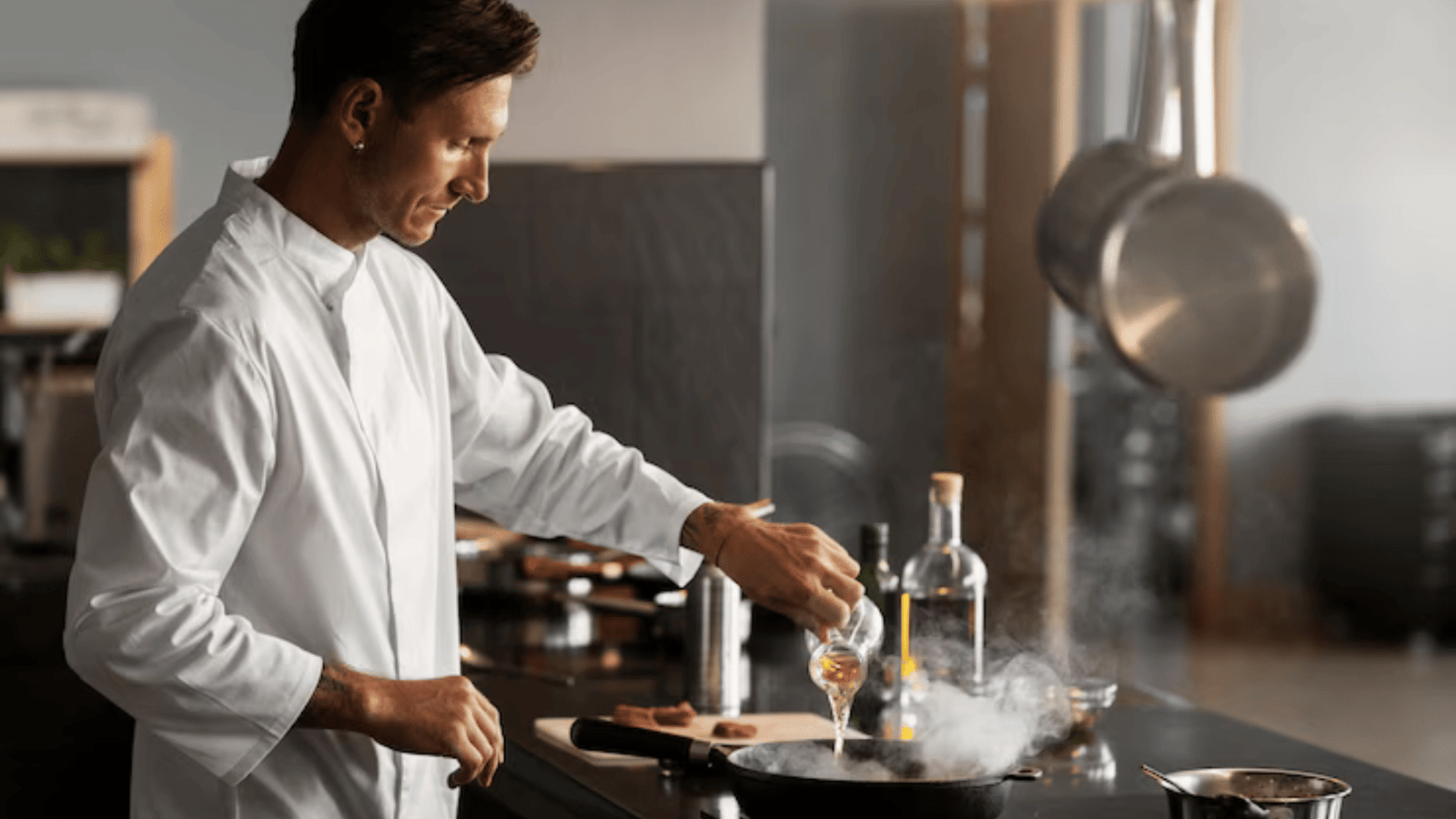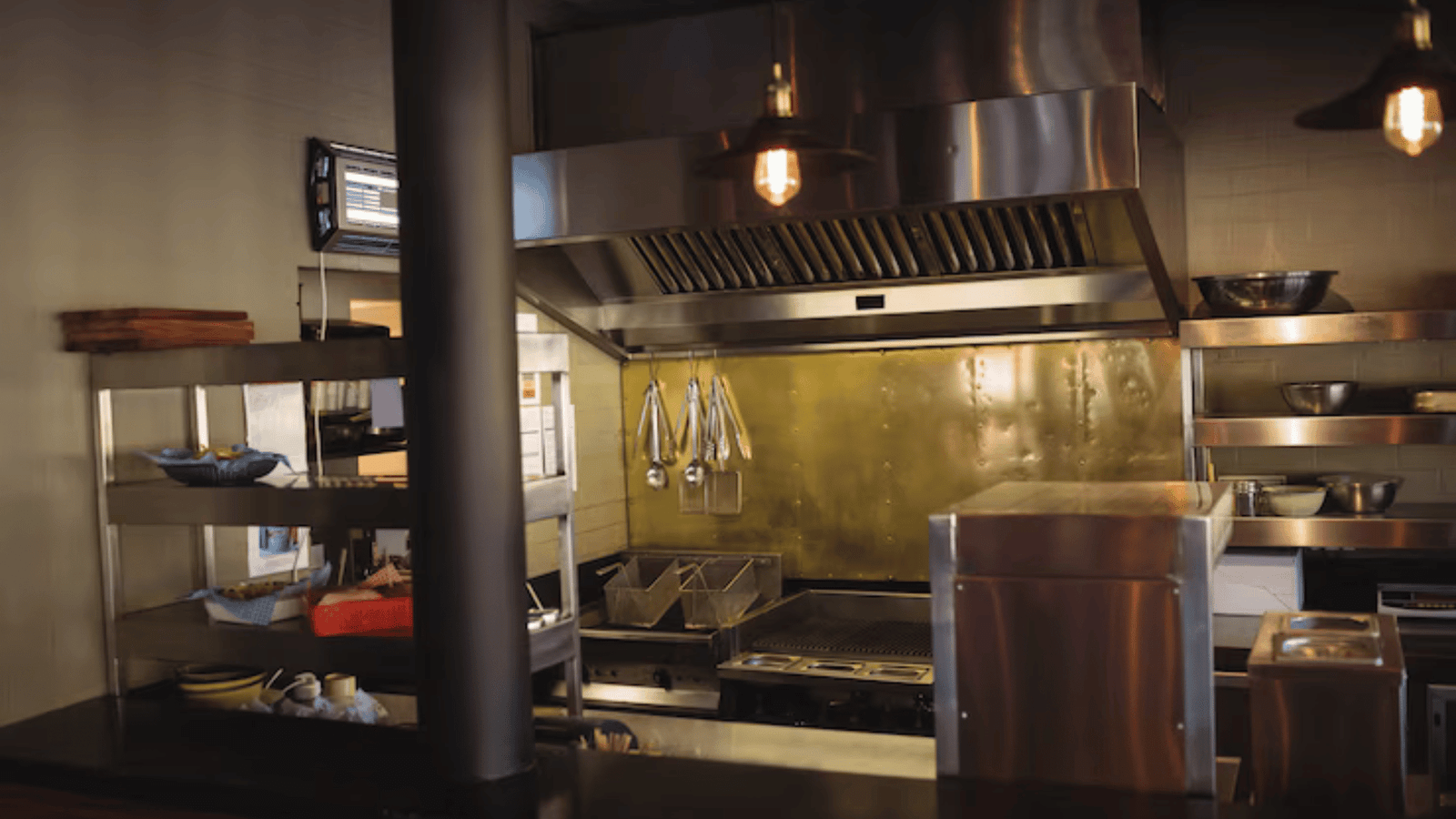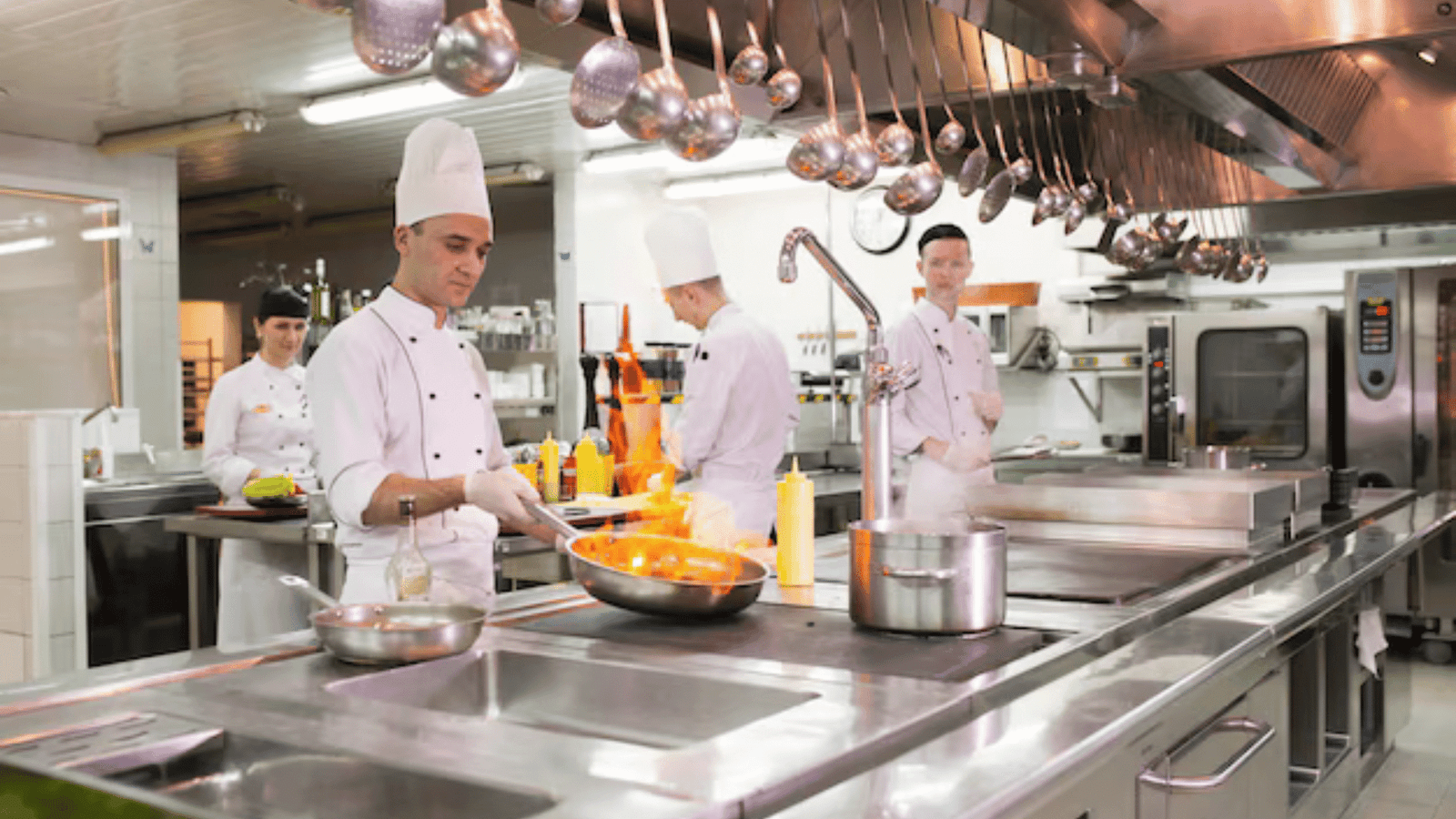Running a profitable restaurant isn’t just about great food—it’s about efficiency, cost control, and smart operations management. In today’s competitive landscape, restaurant operations optimization is key to increasing profit margins. By leveraging technology, streamlining workflows, and applying productivity hacks, restaurants can cut costs, improve service speed, and enhance customer experience.
This guide explores the best strategies to optimize restaurant operations and unlock higher profitability.
Why Restaurant Operations Optimization is Essential
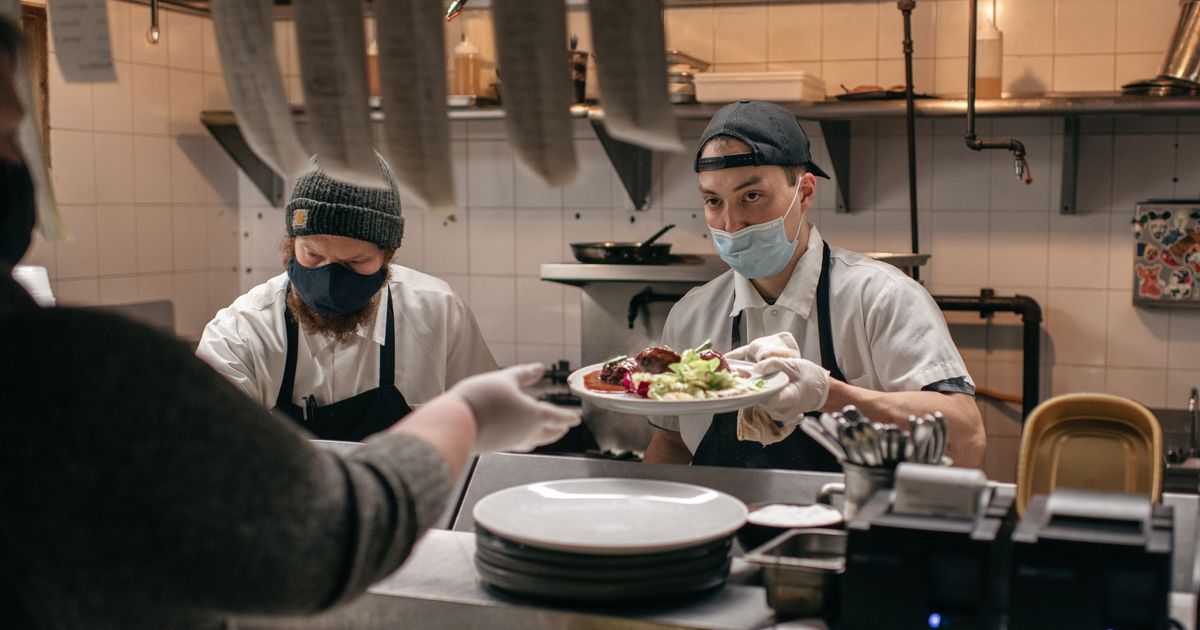
Optimizing restaurant operations brings multiple benefits:
- Reduced operational costs by eliminating inefficiencies.
- Higher revenue through faster table turnover and order processing.
- Improved customer experience, leading to better reviews and repeat visits.
- Streamlined staff management, cutting down excess labor costs.
- Better inventory control, reducing food wastage.
Technology-Driven Optimization for Restaurants
1. Implement Cloud-Based POS Systems
A modern POS (Point of Sale) system is the backbone of efficient restaurant management. It integrates ordering, billing, and kitchen operations, reducing errors and speeding up service.
🔹 Key Benefits:
- Automated order tracking from table to kitchen.
- Real-time sales data analysis for better decision-making.
- Inventory integration to monitor stock levels.
2. Use AI-Powered Demand Forecasting
Predicting demand helps manage inventory and staffing efficiently. AI-based tools analyze:
✔️ Past sales data
✔️ Seasonal trends
✔️ Customer preferences
This prevents overstaffing or understocking, reducing waste and maximizing revenue.
Recommended Tools: MarketMan, BlueCart, Forecastly
3. Automate Table Reservations and Online Orders

An online reservation and ordering system minimizes waiting time and enhances the dining experience.
🔹 Benefits:
- Reduced dependency on manual booking management.
- Optimized table turnover for higher revenue.
- Prepaid reservations lower no-show rates.
Best Tools: OpenTable, Resy, Eat App
4. Digital Menu Boards and QR Code Ordering
Replacing physical menus with digital displays or QR codes improves efficiency and reduces costs.
✔️ Instant menu updates for pricing and availability.
✔️ Contactless ordering, reducing waiter dependency.
✔️ Upselling opportunities through AI-powered recommendations.
💡 Example: McDonald’s uses AI-powered digital kiosks to upsell add-ons, increasing ticket size.
Optimizing Restaurant Workflow for Maximum Productivity
1. Streamline Kitchen Operations with a Kitchen Display System (KDS)

A KDS replaces traditional printed tickets, improving order accuracy and speed.
✔️ Orders appear instantly in the kitchen.
✔️ Reduces confusion between front and back-of-house staff.
✔️ Tracks prep times to identify bottlenecks.
2. Adopt the FIFO Inventory System
Using First In, First Out (FIFO) inventory management prevents food spoilage and waste.
🔹 How it Works:
- Older stock is used first.
- Reduces expired or wasted ingredients.
- Helps in cost control and food safety compliance.
3. Train Staff for Multi-Tasking and Efficiency
Cross-training employees reduces dependency on extra labor and ensures smooth operations.
✔️ Cashiers trained to assist in food prep during rush hours.
✔️ Waiters skilled in handling POS systems to speed up checkouts.
✔️ Kitchen staff trained in multiple stations for operational flexibility.
4. Reduce Wait Times with Pre-Preparation Strategies
Restaurants can reduce food prep time without compromising quality by:
✔️ Batch prepping ingredients (e.g., chopping vegetables in bulk).
✔️ Using semi-cooked ingredients to cut cooking time.
✔️ Pre-portioning servings for consistent dish sizes and faster plating.
Leveraging Data Analytics to Optimize Operations

1. Monitor Key Performance Metrics (KPIs)
Tracking essential KPIs helps identify weak spots and areas for growth.
🔹 Important KPIs to Track:
- Table turnover rate (How quickly customers are served)
- Food cost percentage (To control expenses)
- Labor cost percentage (To avoid overstaffing)
- Customer retention rate (To measure loyalty)
📊 Use tools like: Square Analytics, TouchBistro Insights, Restaurant365
2. Conduct Weekly Cost Analysis
Regular cost analysis helps detect unnecessary expenses and optimize pricing strategies.
✔️ Compare supplier costs and renegotiate deals.
✔️ Monitor food waste to adjust portion sizes.
✔️ Analyze profit margins per dish and adjust pricing accordingly.
💡 Example: Restaurants that analyze profit margins per menu item can remove low-profit dishes and promote high-margin items.
Read Also : 10 Innovative Restaurant Branding Ideas to Elevate Your Business
Affordable Marketing Strategies for New Restaurants
Enhancing Customer Experience for Higher Profits

1. Implement Personalized Marketing Campaigns
Using customer data, restaurants can create personalized promotions to boost sales.
✔️ Offer special deals to returning customers.
✔️ Use email & SMS marketing for exclusive discounts.
✔️ Send customized offers based on order history.
Best Tools: Mailchimp, HubSpot CRM, Square Marketing
2. Leverage Customer Feedback for Improvement
Online reviews impact restaurant reputation. Encourage customers to leave positive reviews and address negative feedback promptly.
✔️ Set up automated review requests via email/SMS.
✔️ Offer discounts on next visits for feedback.
✔️ Monitor reviews on Google, Zomato, Swiggy, and Yelp.
Read Also :- A Complete Guide to Cloud Kitchen Setup & Optimization in India
How Smart Operations Can Transform Your Cloud Kitchen’s Profitability
Conclusion
Optimizing restaurant operations is the key to higher profitability. By leveraging technology, improving workflow efficiency, and implementing productivity hacks, restaurants can cut costs, improve service speed, and boost customer satisfaction.
Whether it’s AI-driven demand forecasting, kitchen automation, or smart inventory management, every improvement helps in maximizing revenue and minimizing expenses. Start implementing these strategies today to transform your restaurant into a high-profit business!
FAQs
Q1. What is restaurant operations optimization?
It refers to improving efficiency, reducing waste, and leveraging technology to maximize profits while minimizing costs.
Q2. How can automation reduce restaurant costs?
Automation reduces manual errors, speeds up processes, and lowers labor costs by handling tasks like order taking, billing, and inventory tracking.
Q3. What is the best way to manage restaurant inventory?
Using AI-based forecasting and FIFO methods ensures better stock management and reduces food wastage.
Q4. How can restaurants improve staff productivity?
By cross-training employees, using workflow automation, and optimizing shift schedules to match demand.
